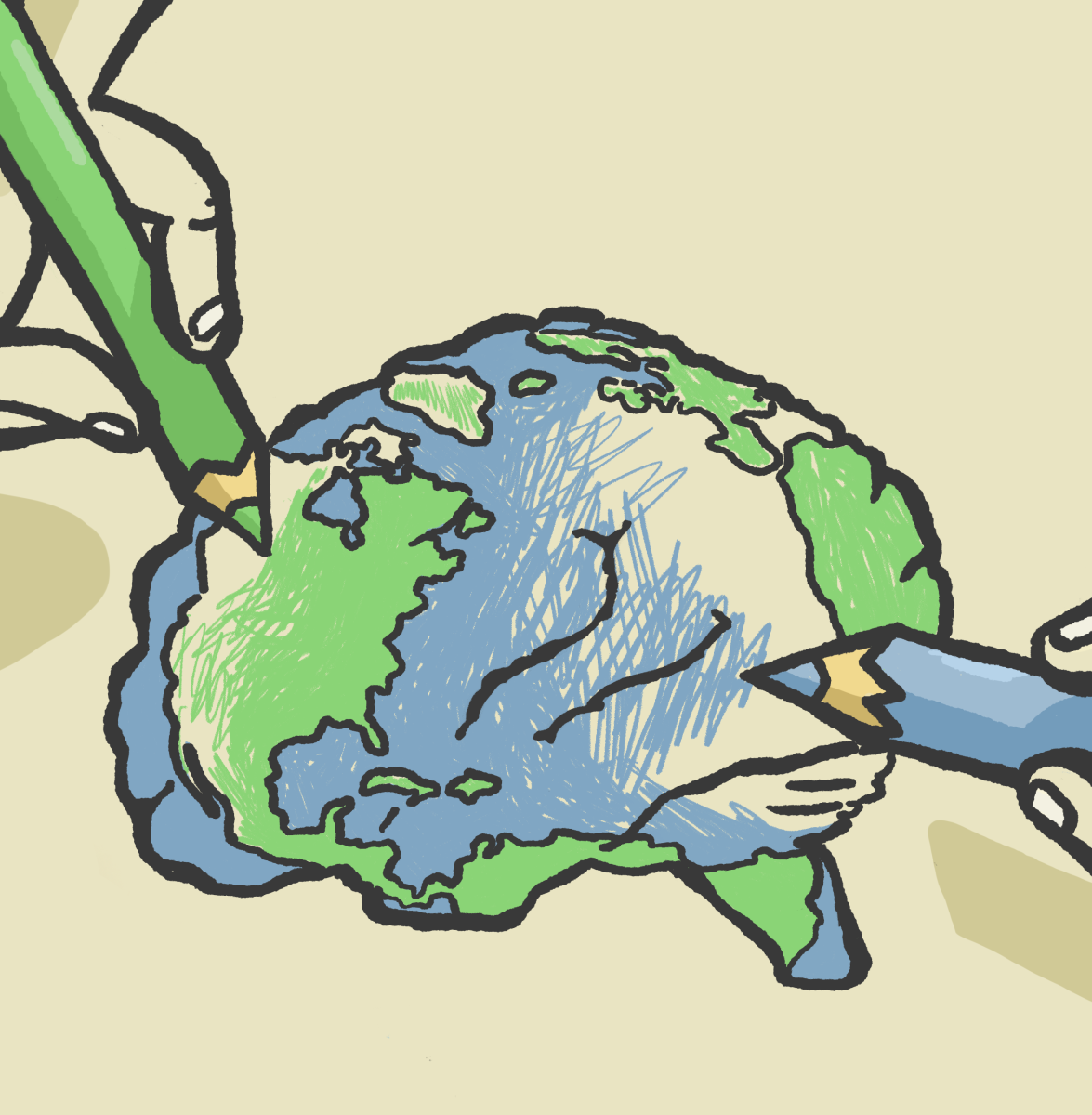Are you old enough to remember carrying a paper map around? Have you wondered what ever happened to MapQuest? While these tools haven’t disappeared at all, they’ve long been overshadowed by Google Maps. But have you ever asked yourself why?
 The now-ubiquitous navigation tool actually represents a compilation of many different maps that includes satellite data, topography, public transit lines, cycling infrastructure, traffic and more. A multi-layered map like this can help you find the shortest route for biking to work while also letting you examine the change in surface elevation to avoid steep hills. You can even use Street View to inspect individual roads and intersections to see how safe they are for cyclists. In short, aligning different kinds of maps lets you discover new structural and functional relationships that help get you where you need to be more quickly and efficiently.
The now-ubiquitous navigation tool actually represents a compilation of many different maps that includes satellite data, topography, public transit lines, cycling infrastructure, traffic and more. A multi-layered map like this can help you find the shortest route for biking to work while also letting you examine the change in surface elevation to avoid steep hills. You can even use Street View to inspect individual roads and intersections to see how safe they are for cyclists. In short, aligning different kinds of maps lets you discover new structural and functional relationships that help get you where you need to be more quickly and efficiently.
What would be possible if we had a map like this for the brain? Recently, Healthy Brain, Healthy Lives-funded researchers at The Neuro (Montreal Neurological Institute-Hospital) published work in Nature Methods that takes a big step towards making this idea a reality. This effort comes out of the Helmholtz International BigBrain Analytics & Learning Laboratory (HIBALL) initiative combining neuroscience and artificial intelligence to build highly detailed 3D models of the brain at the cellular level.
Using open data sourced from publicly-accessible repositories like GitHub and from researchers using neuroimaging in their work, Bratislav Misic, PhD and an assistant professor in the Department of Neurology and Neurosurgery, and his team created Neuromaps — an open-source software toolbox for contextualizing human brain maps. Neuromaps currently hosts more than forty of these maps, covering features that range from metabolic and functional activity to the distribution of different cell-surface receptors across the brain.
The purpose of the project was to make it easier for neuroscientists to compare brain maps from diverse fields of study that present data at different scales and that were created using different imaging techniques. These maps can’t be compared directly, and researchers need to transform the data mathematically when they want to do so. Think of it like trying to chart out your bike route using a street map and a raised-relief globe; how would you go about pinpointing where to expect that steep hill?
Neuromaps creates a common digital “space” that allows for different maps to be aligned with respect to each other and compared. It also provides tools to analyze the statistical significance of these map-to-map comparisons. Now any researcher can generate a brain map from their own data and compare it against a library of other data types from the published literature to gain new insights and make groundbreaking discoveries. It also provides a standardized, open-source neuroinformatic pipeline to help scientists work more efficiently and obtain reproducible results.
What kinds of results? Researchers in Misic’s lab have already uncovered new associations between different neurotransmitter receptors and things like brain structure, neurological activity and neuropsychiatric disorders. This work could open the door for the development of new, transformative treatments and therapies, and it allows researchers to study brain organization on multiple levels.
Learn more about the group’s work on the lab website, and be sure to check out the latest issue of Nature Methods to read all about Neuromaps.
